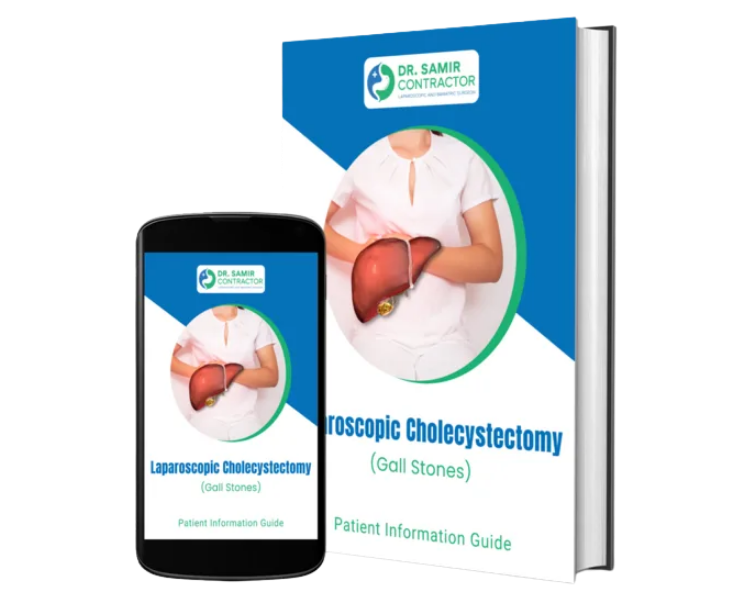 Book Appointment
Book Appointment
Gastroesophageal reflux disease (GERD) is one of the most common digestive problems faced by people today. Many patients experience persistent heartburn, regurgitation, chest discomfort, or difficulty swallowing that does not improve with lifestyle changes or medications. Over time, untreated GERD can significantly affect quality of life, disrupt sleep, and even lead to complications such as esophagitis, Barrett’s esophagus, or strictures. For patients who continue to suffer despite medications, laparoscopic GERD surgery—also called laparoscopic anti-reflux surgery or Nissen fundoplication—offers a long-term solution. Using minimally invasive techniques, this surgery restores the natural barrier between the stomach and esophagus, reducing reflux and providing lasting relief.
At our practice, we combine over 25 years of surgical expertise, modern laparoscopic technology, and a patient-first philosophy to deliver safe, effective, and compassionate care.
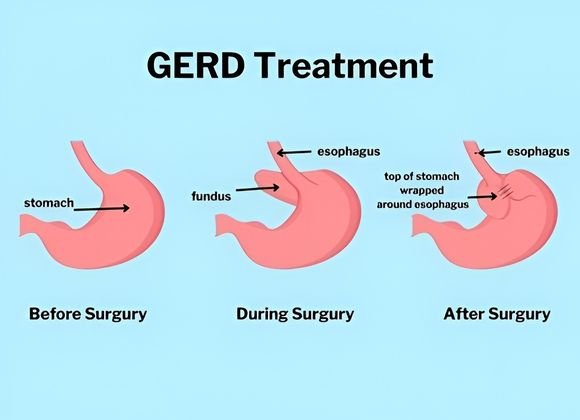
Laparoscopic GERD surgery is a minimally invasive procedure that corrects the underlying cause of acid reflux. Normally, a muscular valve called the lower esophageal sphincter (LES) prevents stomach acid from flowing backward into the esophagus. In GERD, this valve becomes weak or relaxed, allowing acid reflux.
The surgery involves wrapping the top portion of the stomach (the fundus) around the lower esophagus to strengthen the valve. This is called a fundoplication. The laparoscopic approach uses small incisions, a camera, and specialized instruments to perform the procedure with minimal trauma.
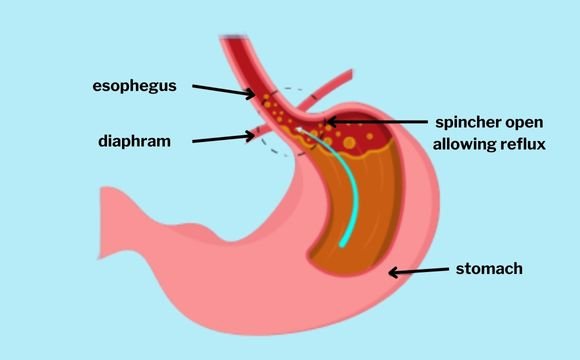
Not everyone with heartburn requires surgery. However, surgery may be considered if:
A detailed evaluation including endoscopy, pH monitoring, manometry, and imaging—helps determine suitability. We offer a comprehensive preoperative workup to ensure the best surgical outcome.
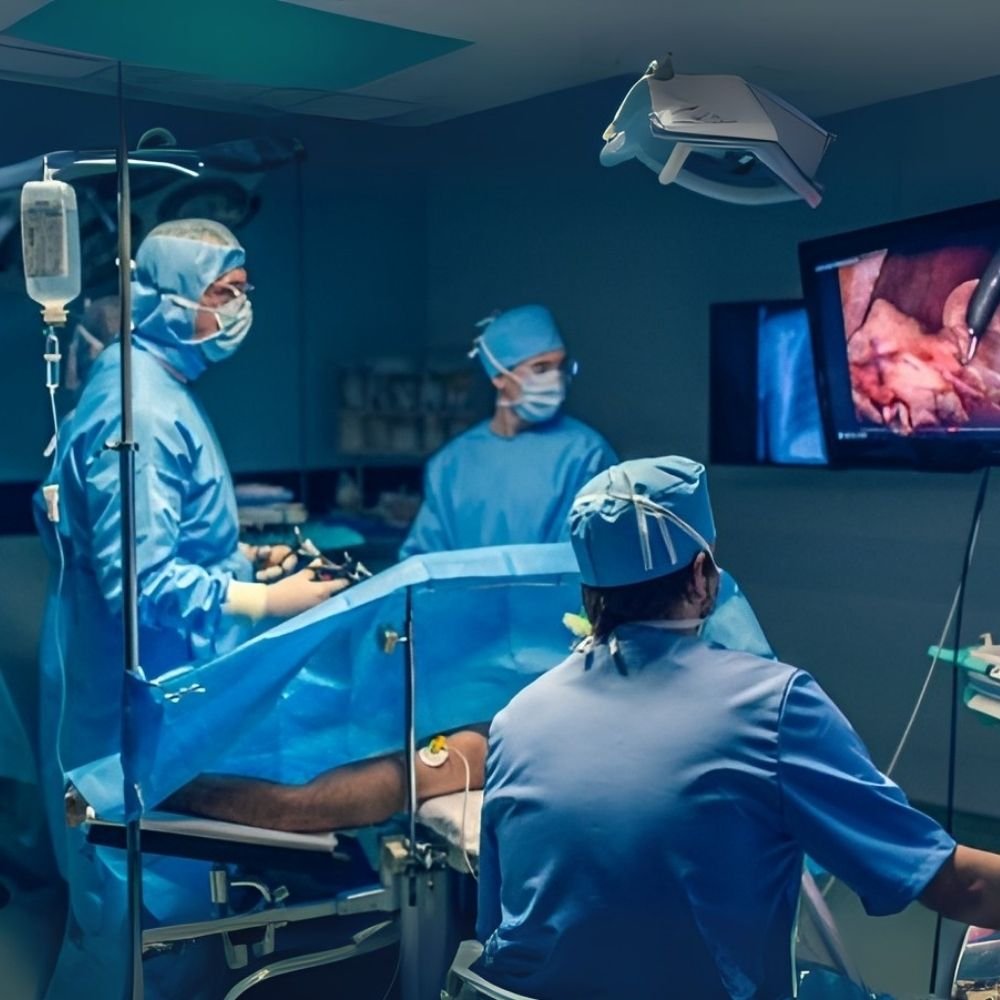
Choosing laparoscopic GERD surgery provides several advantages:
Here’s what you can expect during laparoscopic GERD surgery at our practice:
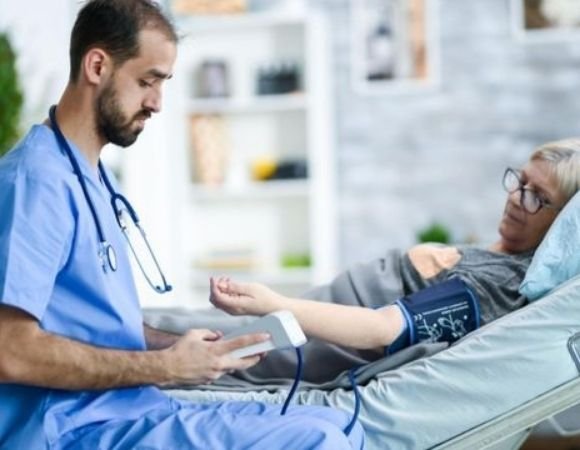
One of the most common questions is: “How long does it take to recover from laparoscopic GERD surgery?”
Patients may feel some temporary swallowing difficulty or bloating, but these usually improve within weeks. Long-term, most patients can enjoy food without the constant worry of reflux.
Eat smaller, frequent meals initially.
Avoid carbonated drinks and very heavy meals in the first few weeks.
Gradually return to normal activity, including light exercise.
Long-term, many patients are able to live completely medication-free.
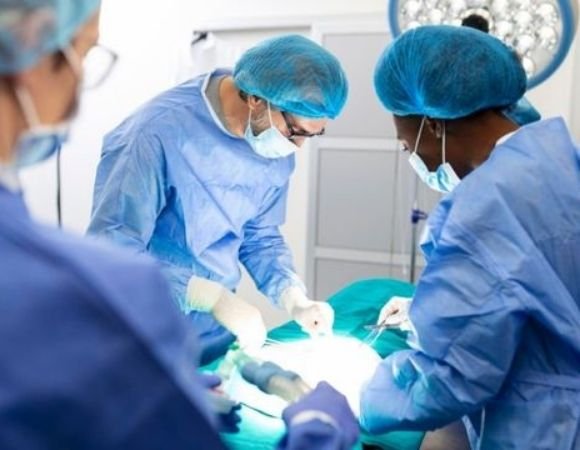
Every surgery carries some risk. With laparoscopic GERD surgery, possible risks include:
Our team has performed over 8,000 laparoscopic surgeries, ensuring a high level of skill and safety. We take every precaution to minimize risks and provide close follow-up care.
